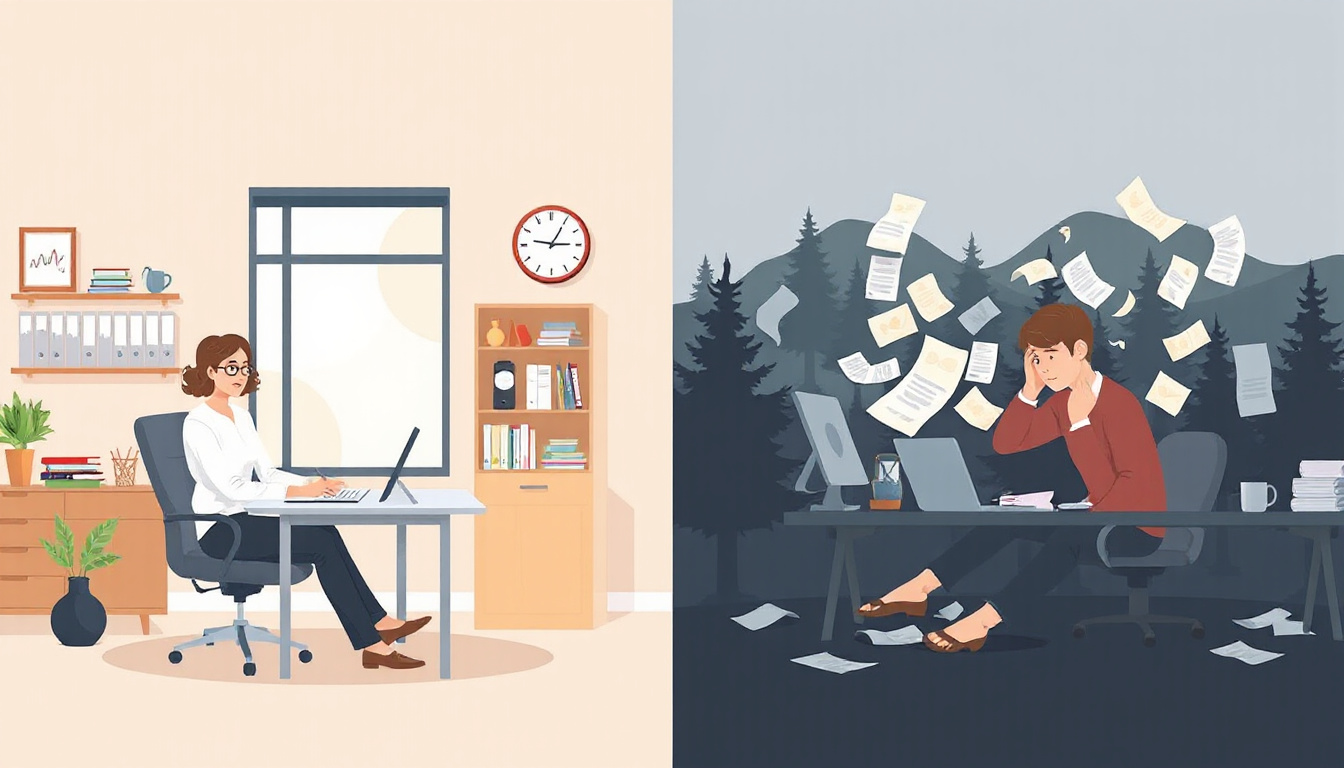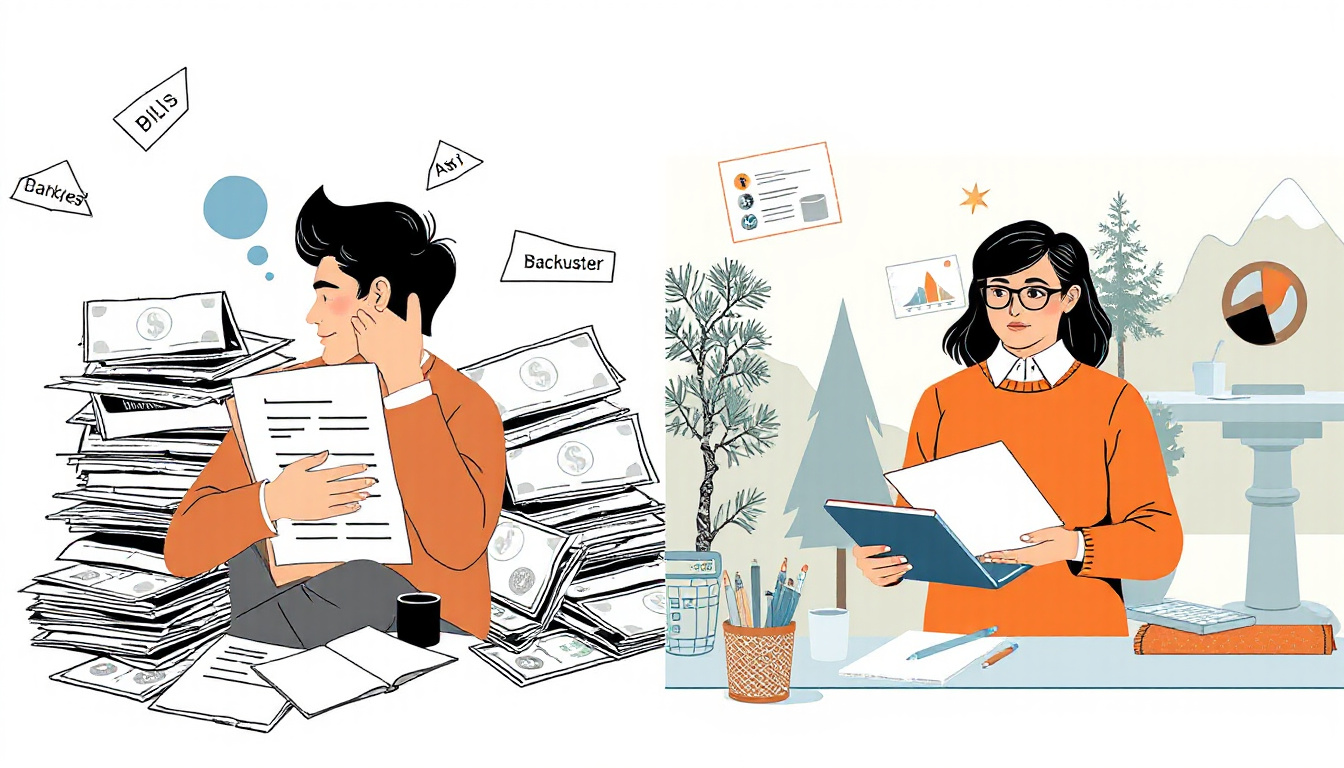As financial challenges become increasingly common in today’s economy, Canadians facing insurmountable debt often find themselves weighing their options for debt relief. Two of the most prominent alternatives are consumer proposals and bankruptcy, both of which have their own benefits and drawbacks. In 2025, understanding these options could be vital to regaining your financial footing. In this comprehensive guide, you will learn the intricacies of consumer proposals and bankruptcy, enabling you to make an informed decision tailored to your unique situation.

Key Takeaways
- Consumer proposals offer a more manageable alternative to bankruptcy by allowing debtors to repay a portion of their debts.
- Bankruptcy can lead to the complete discharge of debts but also entails more severe repercussions on credit ratings.
- Consumer proposals can protect the debtor’s assets, unlike bankruptcy which may involve liquidation of assets.
- Both options have their pros and cons, making it essential to evaluate individual financial situations carefully.
- The decision between a consumer proposal and bankruptcy in 2025 should consider current economic conditions and personal circumstances.
Understanding Consumer Proposals: What Are They?
### Understanding Consumer Proposals: What Are They?
A consumer proposal is a formal legal process in Canada that allows individuals to negotiate with their creditors to settle their debts for less than what they owe. It is a viable alternative to bankruptcy, designed to help people regain control of their financial situation when they find themselves unable to manage their debts. In a consumer proposal, you work through a licensed insolvency trustee to offer a repayment plan, which typically spans over three to five years. This process not only helps to reduce the total amount owed but also protects your assets from liquidation, making it an appealing option for many Canadians.
Unlike bankruptcy, which can have long-lasting effects on your credit score and is accompanied by asset forfeiture, a consumer proposal allows you to retain your assets, such as your home and car, as long as you stay current with the agreed payment plan. This approach makes consumer proposals a popular choice for individuals who want to avoid the stigma and severe consequences of bankruptcy while still addressing their overwhelming financial obligations.
The Bankruptcy Process Explained
## The Bankruptcy Process Explained
Understanding the bankruptcy process is crucial for those facing insurmountable debt. It begins when you, as an individual or business, file for bankruptcy through a licensed insolvency trustee (LIT) in Canada. This professional will guide you through the process, ensuring all legal requirements are met. When you file, an automatic stay on your debts is put in place, meaning creditors must cease collection activities. Your financial situation is evaluated, and assets may be sold to pay off debts, depending on the type of bankruptcy. Generally, the process can take 9 to 21 months for individuals, completing with a discharge that relieves you of most debts but may impact your credit rating for several years.
The bankruptcy process not only provides a fresh start but also allows you to regain control over your finances and move toward rebuilding your credit. However, it comes with its responsibilities; you must attend credit counselling sessions and potentially report your income to ensure you fulfil your obligations. Overall, the outcome can bring significant relief and a clear path to financial recovery.
‘In the end, you have to make the choice that is best for you, regardless of what others may think. Trust your instincts, seek knowledge, and take the next step toward your financial freedom.’ – Unknown

Comparing the Pros and Cons of Consumer Proposals and Bankruptcy
## Comparing the Pros and Cons of Consumer Proposals and Bankruptcy
When faced with overwhelming debt, many Canadians often ask, ‘Is a Consumer Proposal better than bankruptcy in 2025?’ Both options can offer relief, yet they differ significantly in process, implications, and long-term effects. Pros of Consumer Proposals:
1. Lower Impact on Credit Score: A consumer proposal generally has a less damaging effect on your credit score than bankruptcy, remaining on your report for three years after completion compared to six to seven years for bankruptcy.
2. Avoiding Asset Liquidation: With a consumer proposal, you usually don’t have to sell your assets, as long as you can keep up with the payment plan.
3. More Control Over Payments: In a proposal, you negotiate the amount you can afford, focusing on making manageable payments rather than being subject to asset liquidation or garnishments.
Cons of Consumer Proposals:
1. Length of Process: Consumer proposals typically take longer to complete than bankruptcy, often lasting up to five years based on the agreement.
2. Reliance on Payment Ability: If you cannot keep up with payments, the proposal may fail, and you may end up pursuing bankruptcy anyway.
Pros of Bankruptcy:
1. Quick Discharge: Typically, straight bankruptcy can be discharged within nine months to a year if you have no prior bankruptcies, providing a faster relief option.
2. Complete Debt Elimination: Bankruptcy can discharge various types of debt, offering a clean slate you wouldn’t have with a consumer proposal.
Cons of Bankruptcy:
1. Severe Impact on Credit History: A bankruptcy filing stays on your credit report for up to seven years, making it harder to secure credit post-bankruptcy.
2. Asset Loss: Depending on provincial laws, some personal assets may be sold off to repay creditors, potentially leaving you bereft of significant possessions.
Ultimately, choosing between a consumer proposal and bankruptcy requires careful consideration of your financial circumstances and future goals. Understanding these pros and cons will help you make an informed decision.
Making the Choice: Factors to Consider in 2025
As you contemplate your financial options in 2025, deciding between a consumer proposal and bankruptcy is a significant choice. Several key factors will influence your decision. First and foremost, consider your total debt amount. Consumer proposals are typically a viable option for those with debts not exceeding $250,000 (excluding mortgages). If your debt level falls within this range, a consumer proposal might be more beneficial, as it allows you to repay a portion of your debt over time, usually within three to five years, whilst protecting your assets.
Additionally, evaluate your monthly income and financial stability. A consumer proposal requires a consistent income to service the agreed-upon repayment plan. If your income fluctuates or is considerably low, filing for bankruptcy could serve as an immediate legal shield against creditors and allow you a fresh start, albeit with longer-lasting impacts on your credit score.
Lastly, consider the long-term effects on your credit report and financial future. Bankruptcy can remain on your credit file for up to seven years, while a consumer proposal is generally cleared after three years post-completion. Weighing these factors carefully will help you make an informed decision tailored to your specific circumstances in
2025.
Frequently Asked Questions
What is a consumer proposal?
A consumer proposal is a formal agreement between a debtor and their creditors to reduce the amount owed and set a manageable repayment plan, allowing individuals to avoid bankruptcy.
How does filing for bankruptcy work?
Bankruptcy is a legal process that involves the liquidation of assets to pay off debts or reorganizing debts under court protection, leading to the discharge of unsecured debts after fulfilling legal obligations.
What are the main advantages of choosing a consumer proposal over bankruptcy?
Consumer proposals typically allow you to retain your assets, have lower impacts on your credit score, and offer structured repayment plans without the stigma associated with bankruptcy.
What factors should I consider when deciding between a consumer proposal and bankruptcy in 2025?
Consider your total debt amount, income stability, current assets, potential impact on credit ratings, and long-term financial goals, as each option has different implications depending on your personal circumstances.
Can I still apply for credit after a consumer proposal or bankruptcy?
Yes, you can apply for credit after either a consumer proposal or bankruptcy, but the timing and amount of credit you receive will depend on your credit report and overall financial situation.
